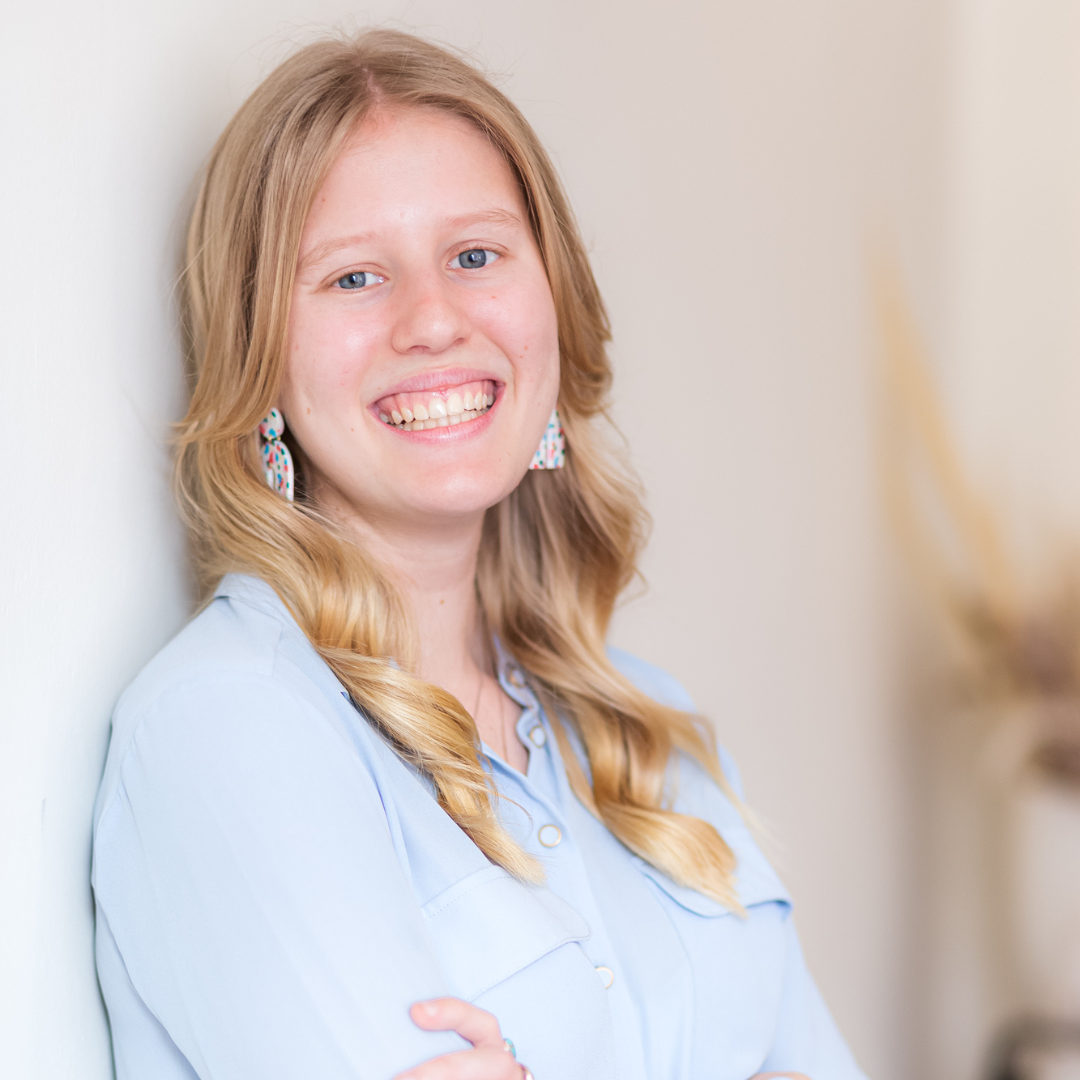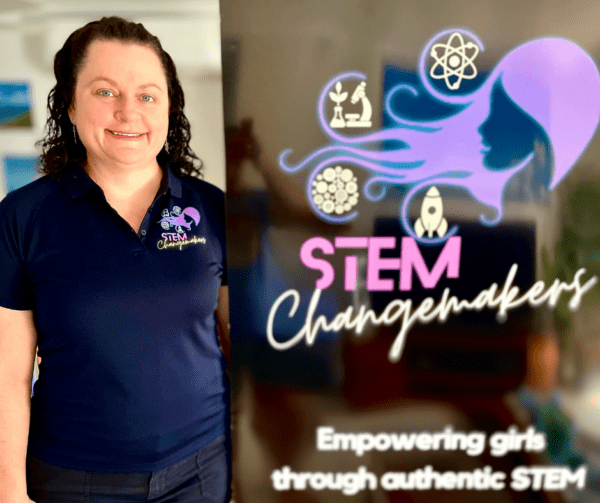When Cyclone Yasi hit the East Coast of Australia in 2011, it caused one billion dollars’ worth of damage and left thousands in North Queensland without power for weeks. Local innovator Trent Small was one of the many left stranded, and it was during this time he identified the need to deliver disaster support more efficiently and rapidly. Five years later, he developed a sustainable, environmentally friendly energy source that is now being deployed to disaster zones worldwide for immediate and safe renewable electricity.
“Solar Relief is a business focused on renewable energy generation and storage solutions for natural disasters and remote off the grid environments,” explains Trent.
“I created the Portable Power Supply (PPS) with a clear focus to provide a product and storage solution to end energy poverty and enable medical devices, communication and disaster relief services to be utilised when all other systems fail, like in the case of Cyclone Yasi.”
Developed in conjunction with the Australian Defence Force and Emergency Services, the PPS is a modular unit that can be charged by solar, mains power, a generator or vehicle alternator. Its operational capabilities have been used in a series of trials over the past 24 months, including its most recent deployment during Talisman Sabre 2021.
“We had seven PPS systems deployed on Operation Talisman Sabre which were used to power the drone batteries, robotics and autonomous vehicles,” says Trent.
“It also enhanced levels of safety for the troops due to the elimination of noise, heat and visual signatures that normally give away the position to the enemy and therefore place them in danger.”

Alongside improving operational effectiveness for Defence, Trent is committed to tackling the larger goal of universal energy access and is in the process of sending a PPS system to a village in Kenya that will not only supply electricity but also provide a cold storage solution for crucial medical equipment such as COVID-19 vaccines.
“We have been engaging with Kar Geno Community Organisation in Africa to deliver our solutions for the past five years after previously sending a unit to a village in Uganda and seeing the positive impact it made,” he says.
“We are now sending a PPS system along with a Mono pump to a Kenyan village, in which many in the community suffer from HIV; our solution will offer them the basics of survival such as the ability to pump fresh water, irrigate crops and grow fresh food.”
Despite the current growth in worldwide power distribution, it is estimated that 650 million people will still lack access to electricity by 2030 – the vast majority of them in Sub-Saharan Africa. Through Trent’s growing social enterprise action, he hopes to build a circular economy that boosts economic growth, stimulates innovation and alleviates global energy poverty.
“Our profit for purpose vision is to create a circular economy where we lease products over a three-year period to commercial customers, and at the end of that time frame, upgrade their products with the newest technological advances,” Trent continues.
“These systems will then be refurbished and repurposed and sent to developing nations that need these energy and storage solutions.
“The goal is to then establish facilities and train locals on the ground to manufacture and repair PPS systems, and create an industry that generates jobs and solves energy poverty around the world.”
By Georgie Desailly.
Image Credit: Phil Copp






